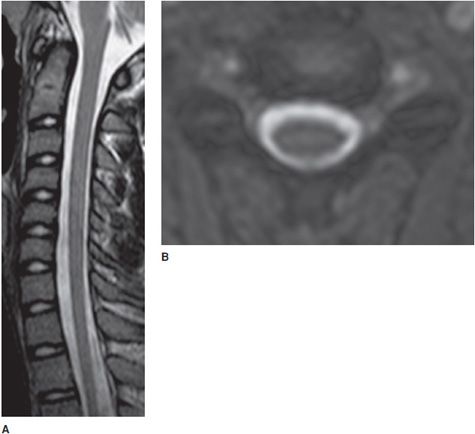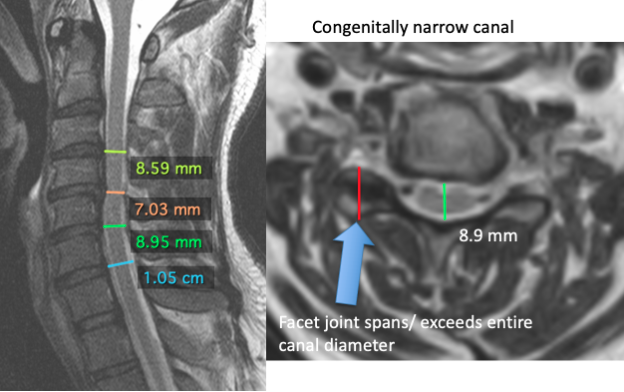

A common type is a vertebral compression fracture (VCF) that can cause one or more bony bodies to flatten or become wedge shaped resulting in spinal cord and/or nerve compression. Osteoporosis increases the risk for thoracic spinal fracture.These nerves feed the midback and chest regions, and transmit signals between the brain and major organs, including the lungs, heart, liver and the small intestine. Twelve pair of thoracic nerve rootlets branch off the spinal cord and through the foramen to innervate or supply sensation (feeling) and function (movement) to specific areas of the body.


Like most other spinal vertebrae, the thoracic vertebral bodies are rounded. The thoracic spine helps support the body’s torso and chest areas and provides an attachment point for each of the rib bones, except the 2 at the bottom of the ribcage. Why take time to learn about thoracic spinal anatomy? Because it can help you better understand possible causes of upper back and midback pain, the doctor’s diagnosis and why simple lifestyle changes can help keep your midback healthy. Scoliosis and abnormal kyphosis are other thoracic spinal disorders. While the thoracic spine is less prone to injury than other sections of the vertebral column, it is the most common location for vertebral fracture due to osteoporosis.

Photo Source: .īecause the ribs attach to the thoracic spine’s vertebrae, this section of the spine is strong and stabilizing, with less range-of-motion than the cervical (neck) levels. Its attachment to the rib cage affords the thoracic region of the spinal column greater stability and strength. When viewed from the side, a normal forward curvature called kyphosis (or kyphotic curve) is seen. Twelve vertebrae, numbered T1 through T12 from top to bottom, make up the thoracic spine. The section of the spinal column called the thoracic spine begins below the cervical spine (C7, neck), roughly at shoulder level and continues downward until it reaches the first level of the low back (L1, lumbar spine).


 0 kommentar(er)
0 kommentar(er)
